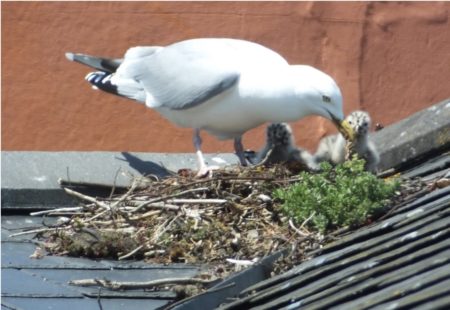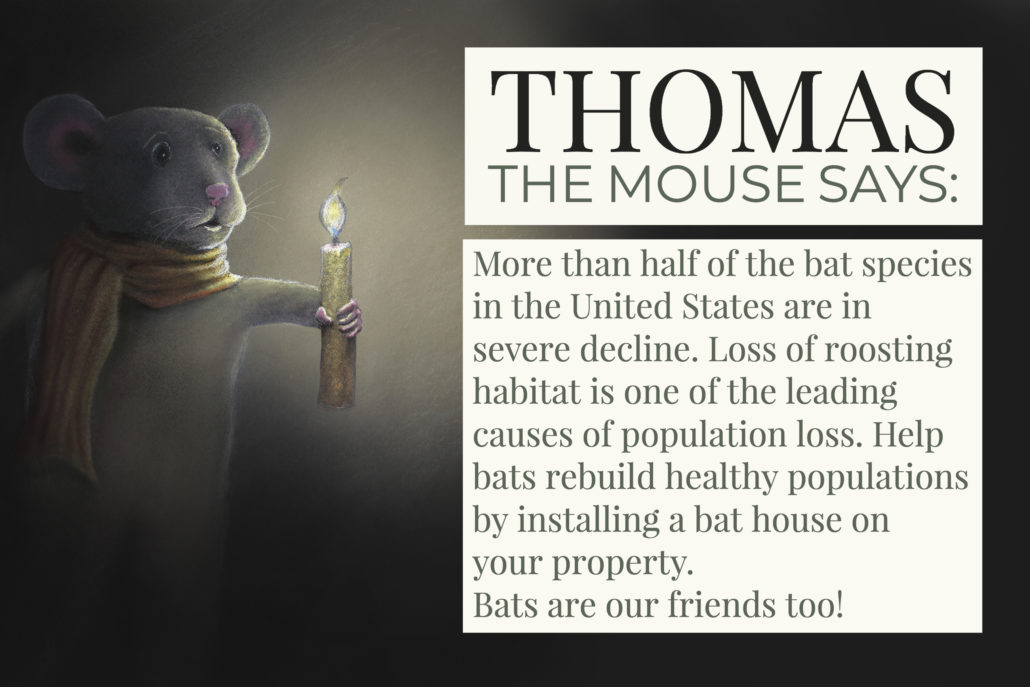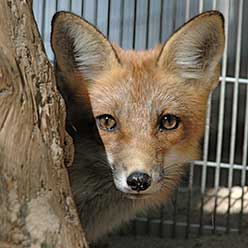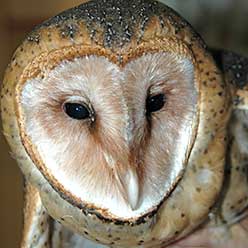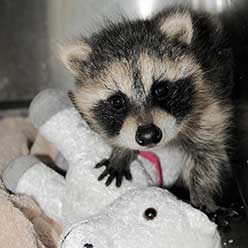By Peggy DiMauro
Herring gulls and other birds such as rock doves in urban areas frequently nest on flat roofs. They breed once a year from April to June. Nest building begins generally in early May, and urban birds will often use the same nest year after year.
The easiest way to discourage nesting on your roof would be to check the rooftop early in May and destroy any nesting materials before eggs are laid and/or babies hatched. Gulls are persistent and if they have been nesting there before, it may take a time or two of disturbing the site to discourage them from returning.
Other options:
1) Stainless Steel Bird Spikes can be purchased from Amazon.com. – Price depends on manufacturer and style.
2) Bird Spider 360 Spinning Bird Deterrent can be purchased from Home Depot.
3) Bird Barrier Model #DD-4000, designed specifically for use on gulls, pigeons, and other large birds. Manufactured by Grainger (www.grainger.com)
4) Decoys and scary masks. Gulls don’t like bright, shiny tape, shiny objects, owl faces, wooden owls, decoy coyotes, hawk statues, etc.; however, these probably will be only temporary deterrents.
More options can be found on the National Geographic website, www.nationalgeographic.com. Topic Title: “Gulls be Gone -10 ways to Get Rid of Pesky Birds”. Author: Jennifer Holland.


